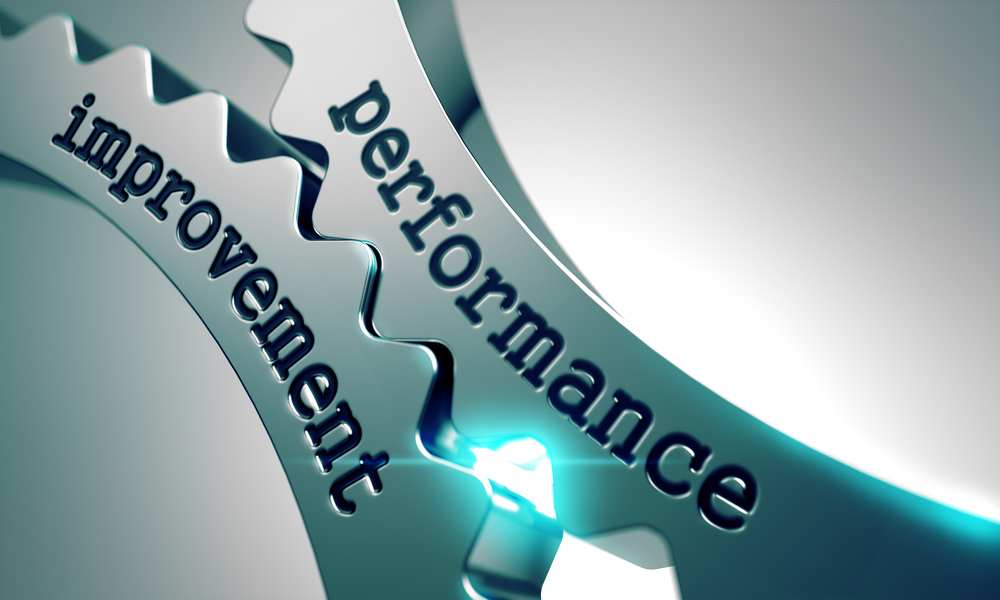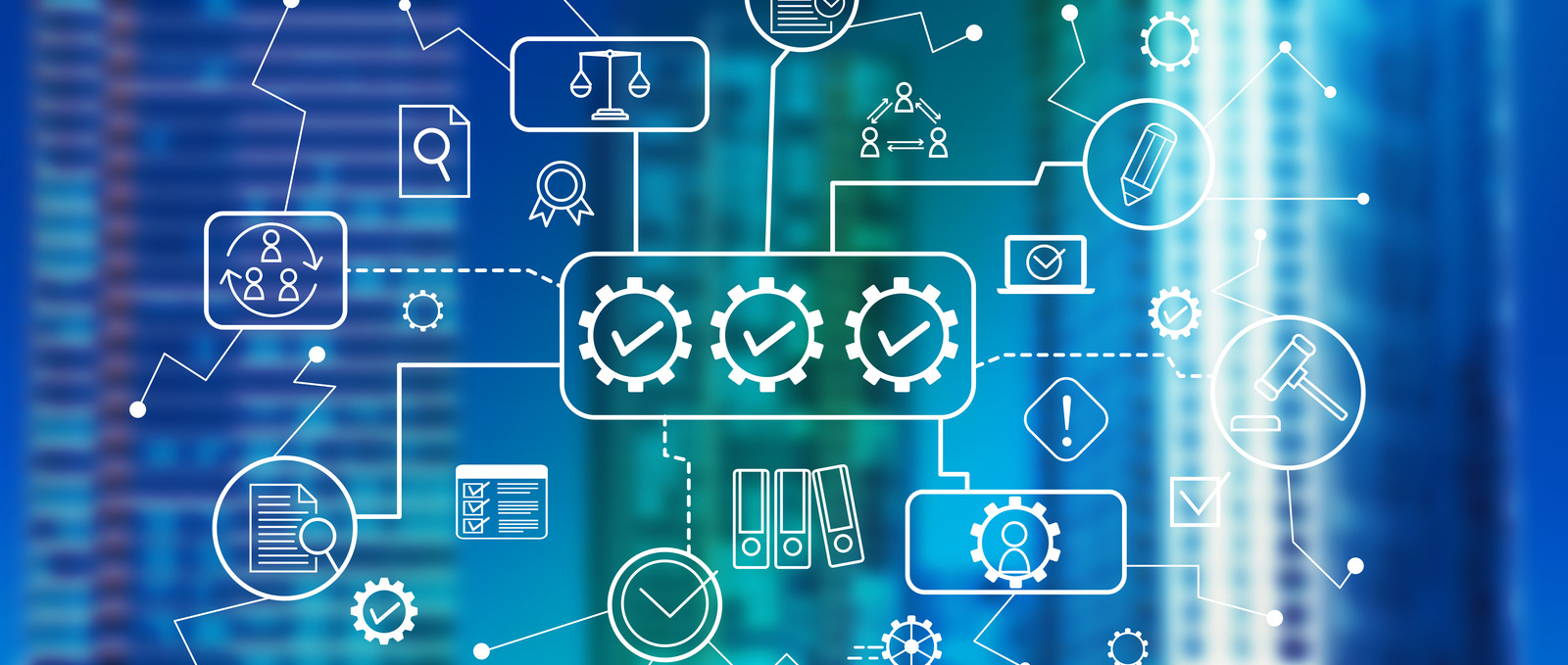The Ultimate ERP Implementation Checklist: Your Roadmap to a Successful ERP Implementation Plan
Embarking on an ERP implementation journey can feel daunting, but a well-structured ERP implementation checklist makes all the difference. This...
2 min read
KPC_Admin : Aug 14, 2023 1:31:00 PM

In the fast-paced world of technology, businesses often find themselves juggling between legacy software and homegrown solutions to meet their specific needs. While these options may have served their purposes in the past, they come with inherent risks that can impact business continuity, security, and overall efficiency.In this blog, we will explore the potential risks associated with legacy and homegrown software and discuss effective strategies for mitigating these risks.
Balancing legacy software and homegrown solutions in a rapidly evolving technological landscape requires careful consideration of the associated risks and their respective mitigations. By proactively addressing these challenges, businesses can safeguard their systems, protect sensitive data, and improve overall operational efficiency.
Whether through modernization, migration, or external support, it's crucial to adapt to the changing technology landscape to stay competitive and secure in today's digital world.
-1.png)
Embarking on an ERP implementation journey can feel daunting, but a well-structured ERP implementation checklist makes all the difference. This...

There are many reasons that a company chooses its enterprise resource planning (ERP) system from improving efficiency to streamlining operations.
.png)
Implementing an ERP (Enterprise Resource Planning) system can significantly enhance a business’s operations, streamlining processes and consolidating...